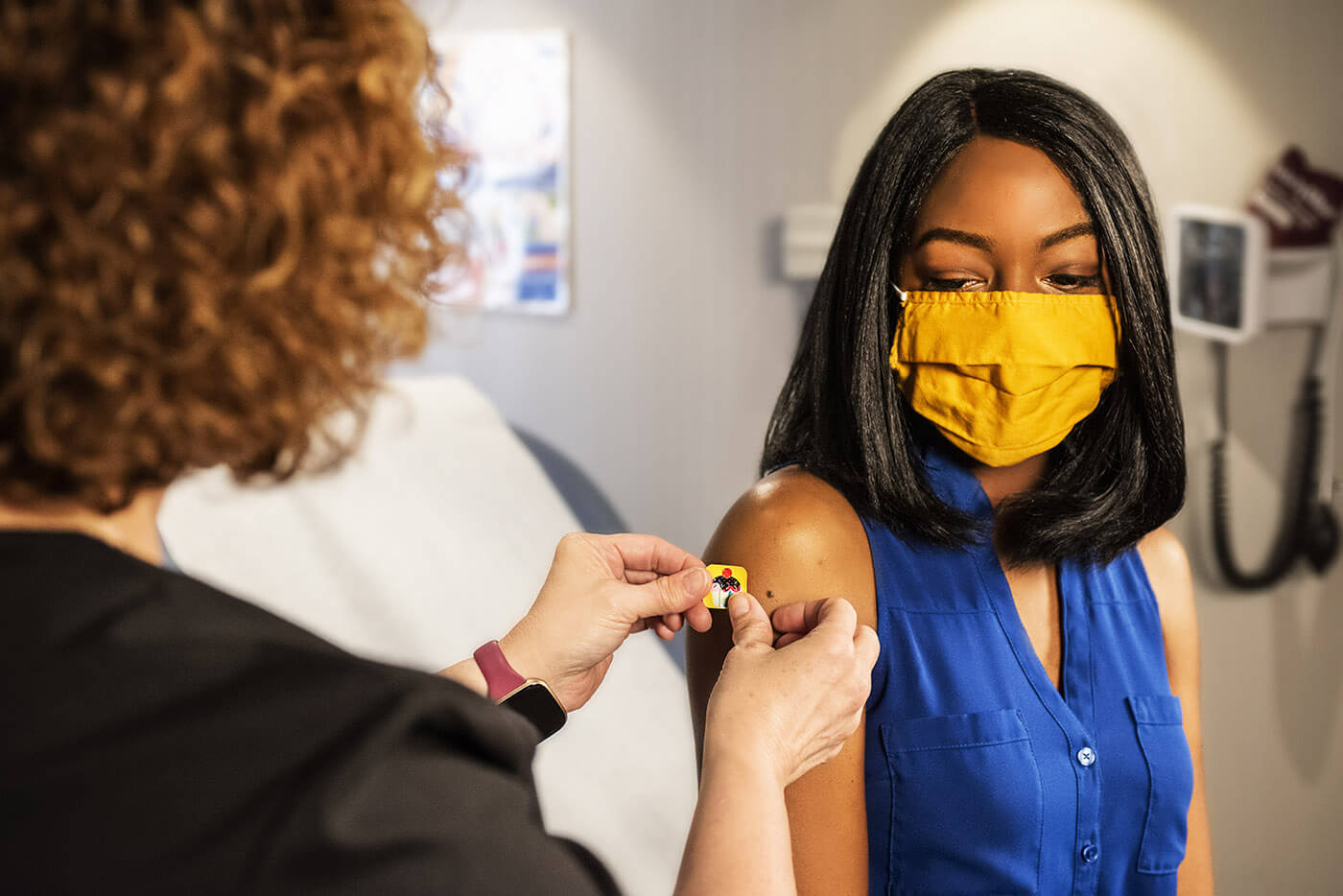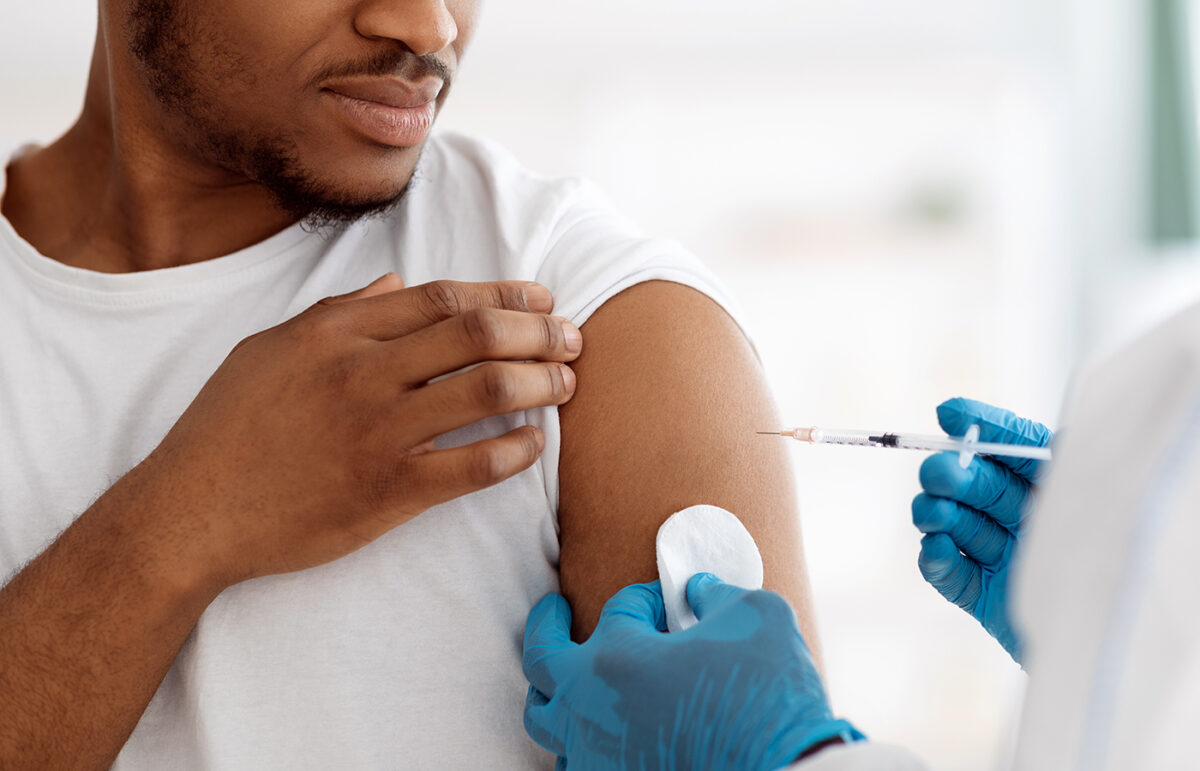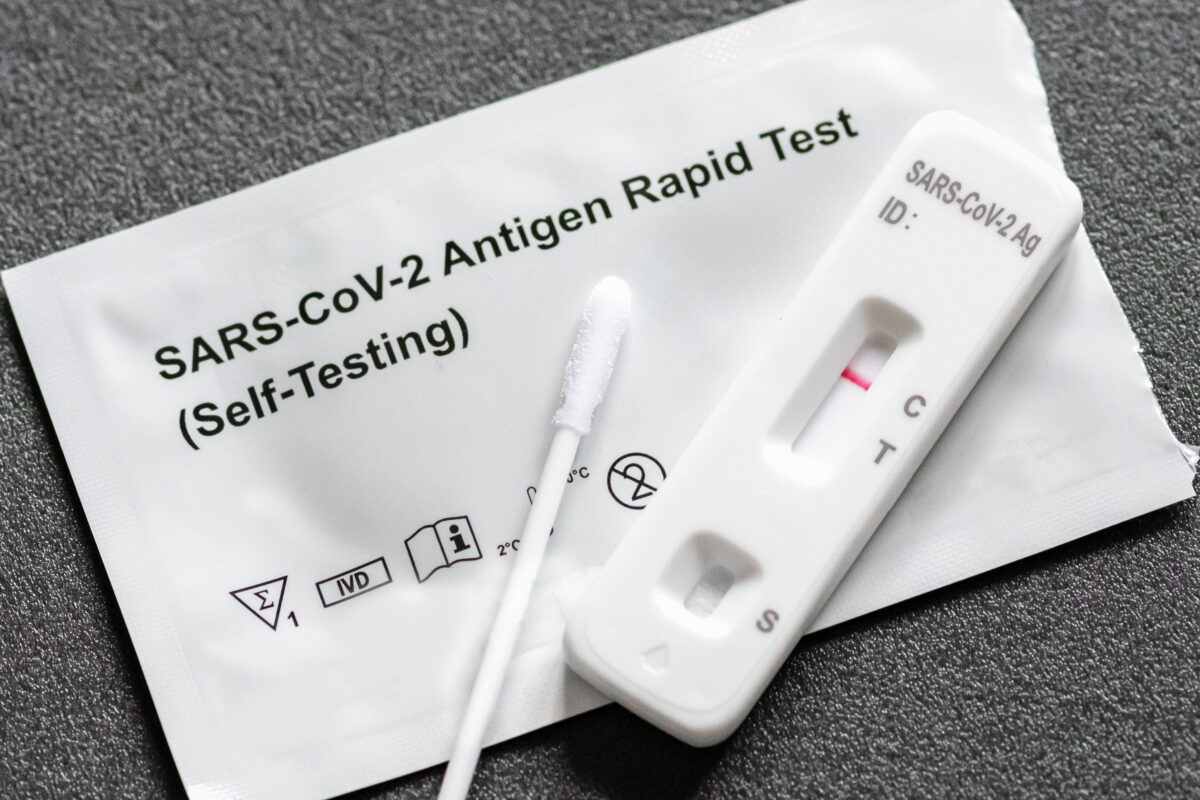
Recent reports from the Centers for Disease Control and Prevention (CDC) shed light on COVID-19 vaccine recipient demographics, raising concerns about equitable vaccine distribution in the U.S.
An early release from the CDC’s Morbidity and Mortality Weekly Report (MMWR) provides a demographic profile of Americans who received a COVID-19 vaccine between December 14, 2020, and January 14, 2021. Of the approximately 13 million people who had received at least their first dose during that time frame, 63% were women, 55% were age 50 or older, and 60.4% were non-Hispanic white. Notably, there was a lack of race/ethnicity data for approximately half of the population included in the analysis.
The data raise important questions regarding the equitable distribution of COVID-19 vaccines in the U.S., particularly among minority populations which have been disproportionately impacted by the virus. A separate analysis by the Kaiser Family Foundation (KFF) identifies 23 states publicly reporting COVID-19 vaccine data by race/ethnicity (up from 17 states identified in a previous analysis), offering key information to assist public health officials in tracking vaccine distribution.
As the KFF analysis found, Black and Hispanic populations have received fewer vaccinations relative to the number of COVID-19 cases and deaths among these groups in the 23 states. This analysis also comes as COVID-19 has been identified as the number one cause of death in the U.S. as of January 2021, further reinforcing the need for more timely and equitable vaccine distribution. Arkansas is not currently reporting COVID-19 vaccination data by race or ethnicity.
Another early release from the MMWR includes vaccination coverage data from residents and staff of nursing homes participating in the federal Pharmacy Partnership for Long-Term Care Program. The report found that among 11,460 nursing homes with at least one vaccination clinic held between December 2020 and January 2021, 77.8% of residents and 37.5% of staff members had received at least their first vaccine dose.
Nursing homes have been ground zero for some of the worst COVID-19 outbreaks, where elderly residents are at increased risk for severe illness and death. Low vaccination rates among nursing home staff are especially concerning, as staff can become infected through community exposure and unknowingly bring the virus into their workplaces. One option employers can implement to increase staff vaccination rates is requiring COVID-19 vaccination as a condition of employment. ACHI has published an explainer on COVID-19 vaccination and employment on our COVID-19 in Arkansas web page.






